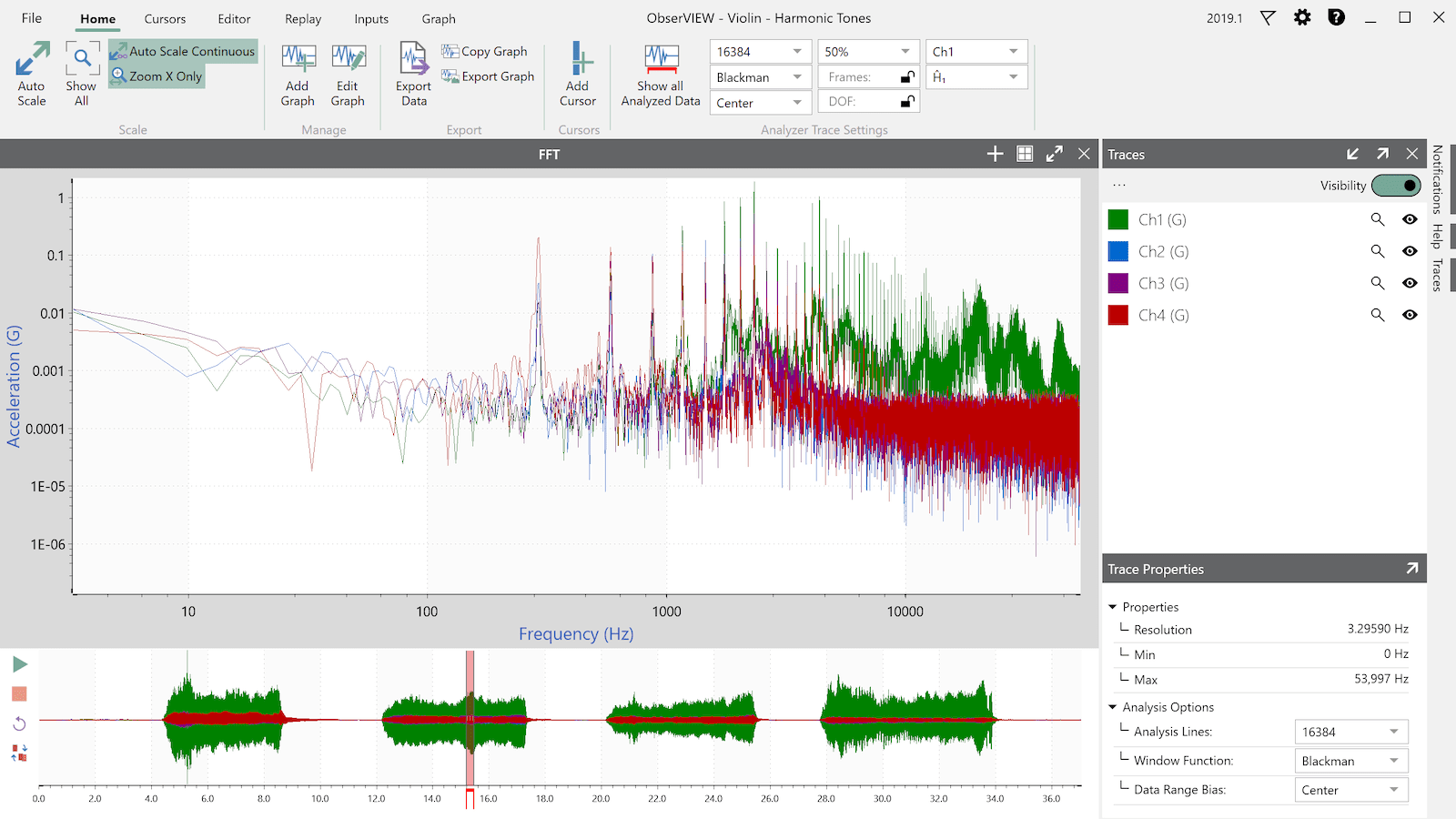
The fast Fourier transform (FFT) refers to a group of clever algorithms, all very similar, that uses fewer computational steps to efficiently compute the DFT.
FAST FOURIER TRANSFORM FULL
The floating point option is implemented by utilizing a higher precision fixed-point FFT internally to achieve similar noise performance to a full floating point implementation, with significantly fewer resources. Fast Fourier Transform (FFT) Unfortunately, the number of complex computations needed to perform the DFT is proportional to N 2. These easily made trade-offs give users the ability to select the most resource and power efficient solutions for the specific point size and transform time needed for their application.įFT LogiCORE expands the focus on increased dynamic range by increasing data and phase factor width support up to 34 bits and supporting IEEE single precision floating point data type. It also provides users with the ability to make all the necessary algorithmic and implementation specific trade-offs demanded by both DSP algorithm and hardware engineers. Two groups of algorithms are presented generalizing the fast Fourier transform FFT to the case of non-integer frequencies and nonequispaced nodes on the.

The FFT LogiCORE™ IP core provides four different architectures along with system level fixed point C-models, and reduces typical implementation time from between 3-6 months to the push of a button. Although its algorithm is quite easily understood, the variants of the implementation architectures and specifics are significant and are a large time sink for hardware engineers today. The Fast Fourier Transform (FFT) is a fundamental building block used in DSP systems, with applications ranging from OFDM based Digital MODEMs, to Ultrasound, RADAR and CT Image reconstruction algorithms.


 0 kommentar(er)
0 kommentar(er)
